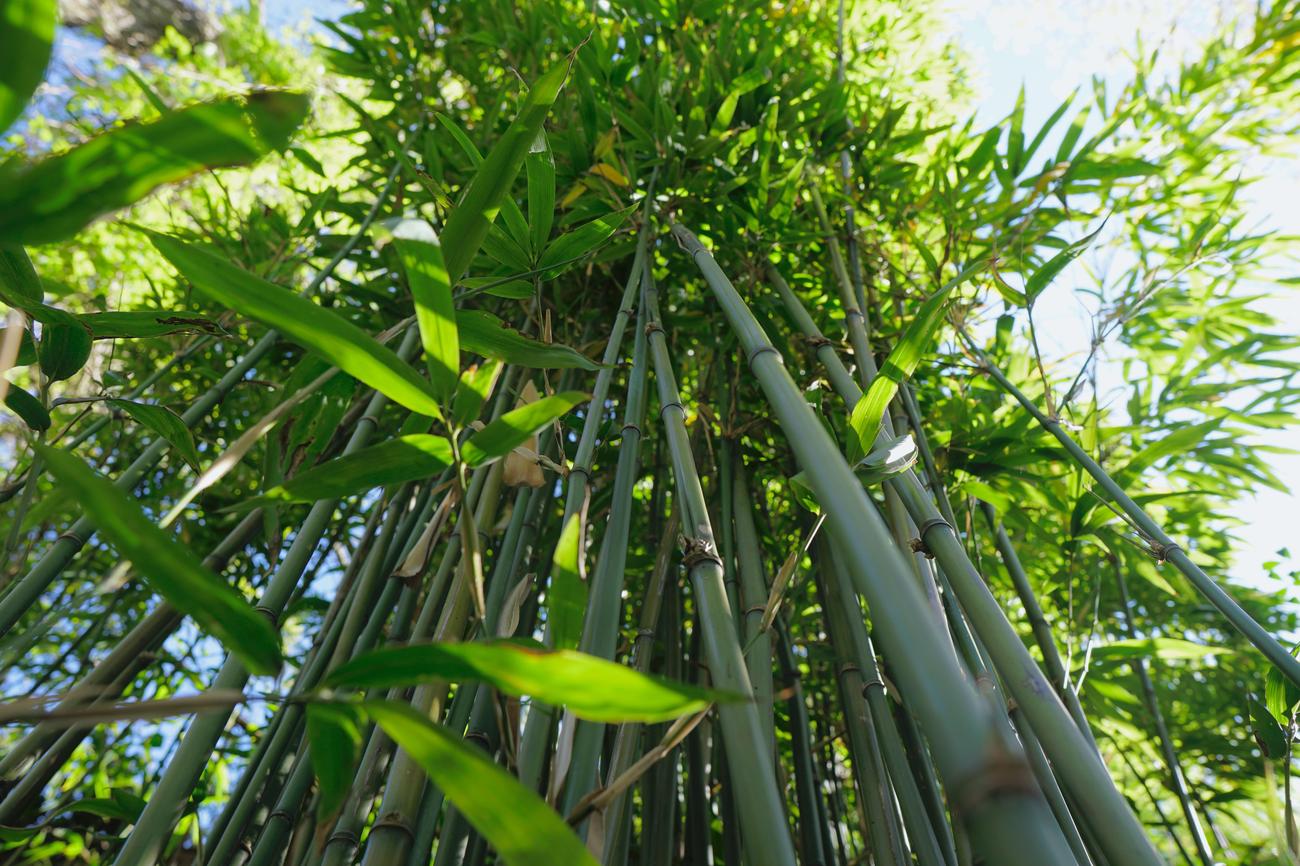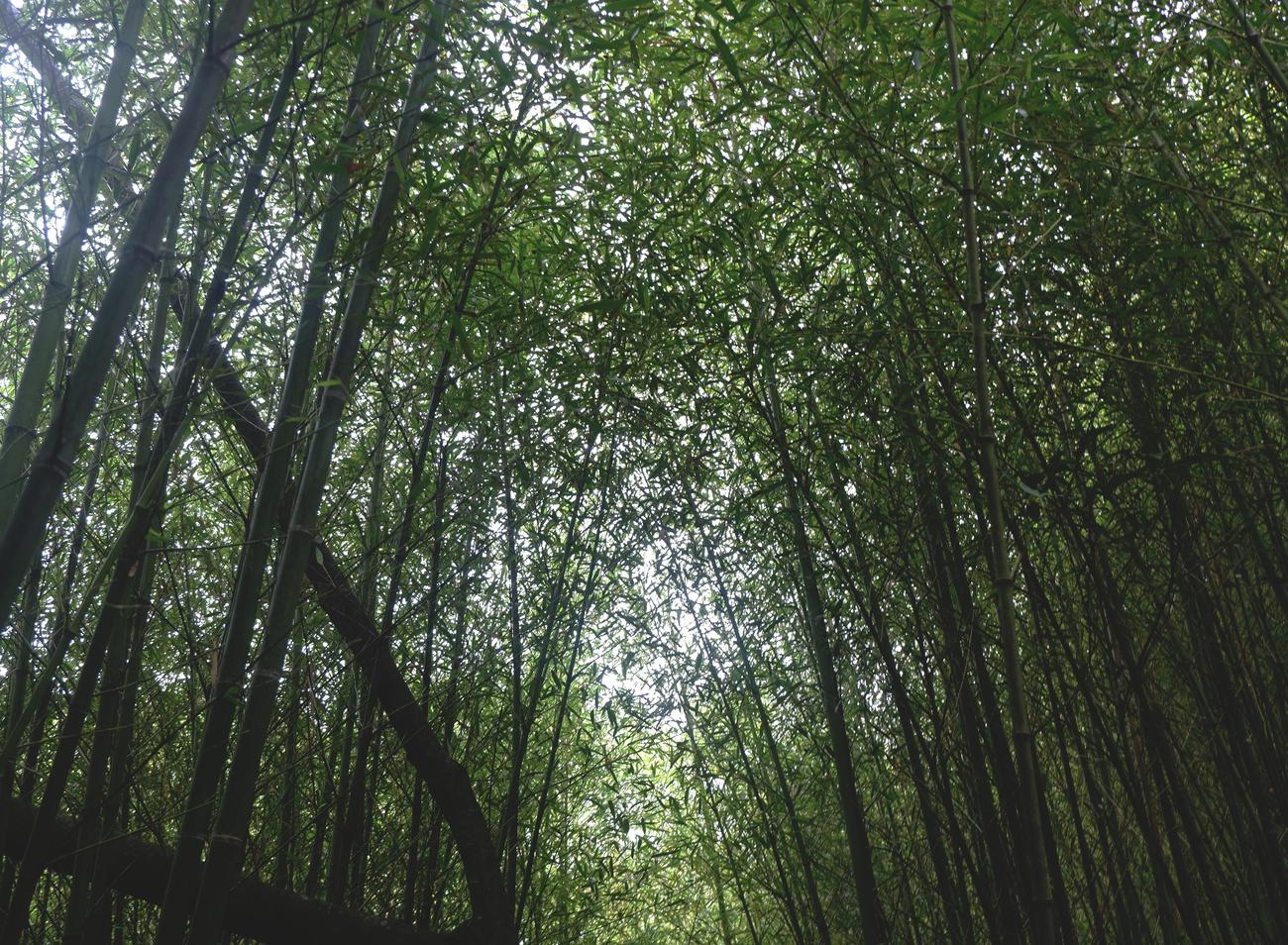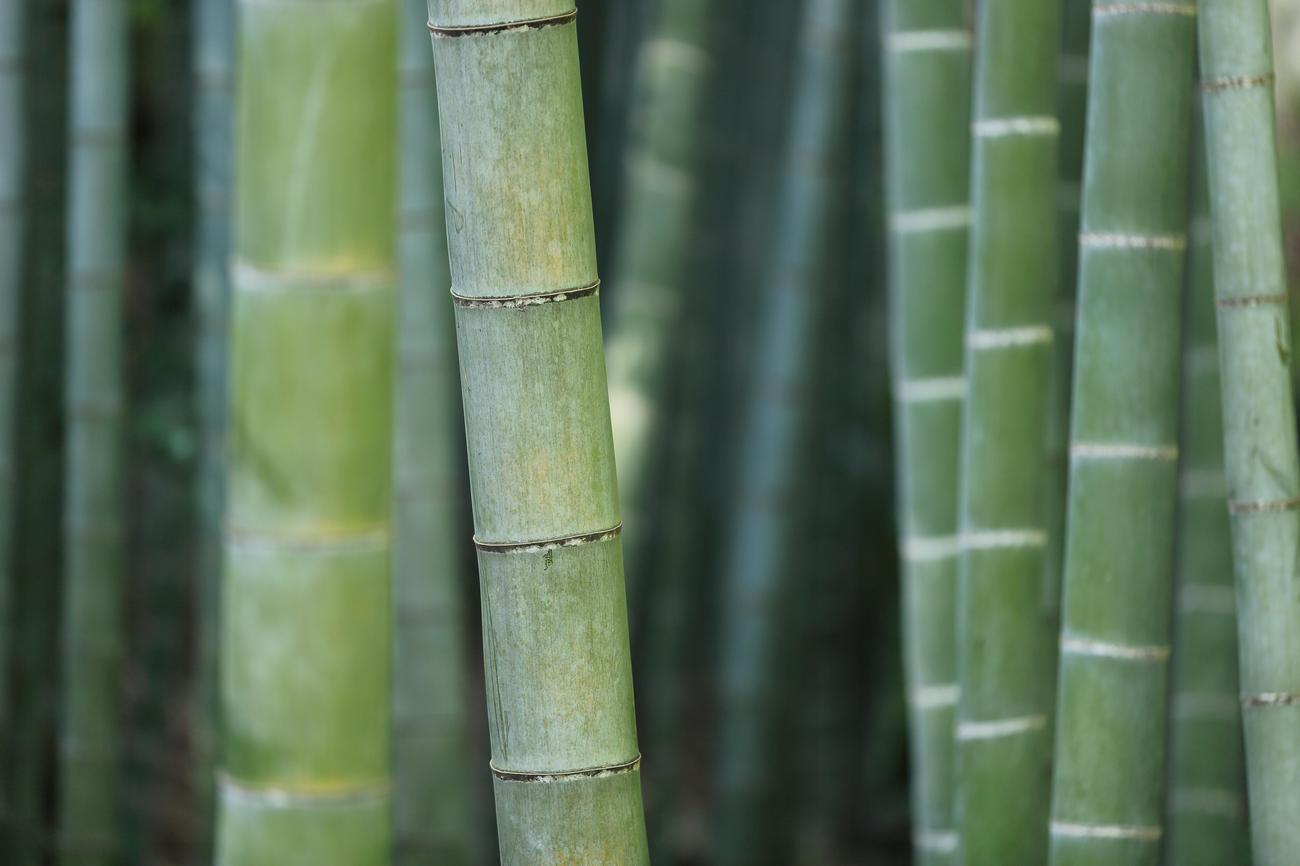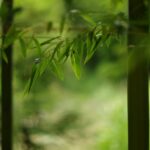Welcome to the world of bamboo, where the line between wood and non-wood blurs. In this enlightening article, we embark on a journey unraveling the mysteries of bamboo’s true nature. As a seasoned horticulturist, my passion for plants has led me to examine the structural composition and growth patterns of this remarkable flora. Join me as we explore the captivating realm of bamboo, shedding light on whether it can truly be classified as a woody plant or if it defies the conventional boundaries of botanical classification.

Is Bamboo a Woody Plant
Bamboo has long been a subject of fascination due to its unique properties and diverse uses. One common question that arises is whether bamboo can be classified as a woody plant. To truly understand the nature of bamboo, we must delve into its anatomy, growth patterns, and taxonomical classification. So, let’s unravel the truth behind bamboo’s woody nature.
Bamboo’s Structural Composition and Strength
Bamboo is well-known for its remarkable strength-to-weight ratio, making it a valuable material for various applications, including construction. Its strength is comparable to that of strong softwood or hardwood timbers. This characteristic is primarily attributed to bamboo’s structural composition. Is Bamboo a woody plant? The answer lies in its unique combination of wood-like properties and grass-like characteristics.
“Bamboo: It’s like wood, but not quite.”
Bamboo is essentially a natural composite material, consisting of hollow cylindrical culms that resemble the trunk of a woody plant. These culms are made up of a series of interconnected nodes and internodes. The nodes are solid, while the internodes are usually hollow. Inside the culms, lignin, a woody tissue, provides support, stability, and rigidity.
Taxonomical Classification of Bamboo
To further understand the classification of bamboo, we must explore its place in the plant kingdom. Bamboos are members of the grass family Poaceae and are categorized under the subfamily Bambusoideae. In fact, they are often considered the most basal grass genera. However, while closely related to grasses, bamboo exhibits distinct characteristics that set it apart.
Growth Patterns and Rhizomes
Bamboo growth patterns can be categorized as either “clumping” or “running.” Clumping bamboo grows in compact clumps, with new culms appearing close to the parent plant. On the other hand, running bamboo spreads through an extensive underground network of rhizomes, allowing it to propagate over larger areas.
“Bamboo: A well-connected community.”
The rhizomes enable bamboo to spread rapidly, often making it seem like a non-woody plant. However, the culms of both clumping and running bamboo possess the woody characteristics that contribute to their strength. So, although bamboo may have a spreading growth habit, it does not negate its classification as a woody plant.
The Bamboo Experience: Human Uses and Reactions
Beyond its structural properties, bamboo holds immense economic and cultural significance in various regions, including South Asia, Southeast Asia, and East Asia. It has been used for centuries in construction, as a food source, and in arts and crafts. Its fast growth rate also makes it a valuable tool for afforestation and climate change mitigation efforts.
However, it’s important to note that some individuals may experience allergic reactions when working with bamboo plants. These reactions are not indicative of whether bamboo is a woody plant or not, but rather a response specific to certain individuals.
Key Takeaways
- Bamboo possesses both wood-like and grass-like characteristics, making it a unique natural composite material with a high strength-to-weight ratio.
- Bamboo’s culms are composed of interconnected nodes and internodes, with lignin providing rigidity and support.
- Taxonomically, bamboo is categorized under the subfamily Bambusoideae of the grass family Poaceae.
- Bamboo growth patterns can be clumping or running, with woody culms in both cases.
- Bamboo has multifaceted uses and plays a significant role in the economies and cultures of various regions.
- While some individuals may experience allergic reactions, these reactions are not indicative of bamboo’s classification as a woody plant.
In conclusion, bamboo is indeed a woody plant, although its growth patterns and unique structural composition may sometimes create confusion. Understanding the intricacies of bamboo’s anatomy and classification enhances our appreciation for this remarkable plant and its immense value in various aspects of our lives. So, let’s embrace bamboo as nature’s fascinating blend of wood and grass.
Bamboo is often mistaken for a tree due to its tall and sturdy appearance. However, what many people don’t realize is that bamboo is actually a type of grass! Yes, you heard it right – a grass! Despite its resemblance to a tree, bamboo belongs to the grass family, making it one of the fastest-growing plants on Earth. If you’re curious to know more about the fascinating world of bamboo and why it’s not a tree, click here: Is Bamboo A Tree?. Don’t miss out on this opportunity to uncover the secrets of one of nature’s most remarkable grasses.

FAQ
Is bamboo considered a woody plant?
Bamboo can be classified as a woody plant. While it is technically a type of grass, it possesses characteristics commonly associated with woody plants, such as a sturdy and rigid stem.
Can bamboo be used for construction purposes?
Yes, bamboo is commonly used for construction purposes. Its high strength-to-weight ratio makes it a versatile material for building structures, and its strength is comparable to that of strong softwood or hardwood timber.
Where is bamboo native to?
Most bamboo species are native to warm and moist tropical and warm temperate climates. However, bamboo can also grow in cool mountainous regions and highland cloud forests.
What are the different growth patterns of bamboo?
Bamboo growth patterns can be categorized as either “clumping” or “running.” Clumping bamboo grows in tight clusters, while running bamboo spreads through underground rhizomes, allowing it to grow rapidly and cover large areas.
Is bamboo a fast-growing plant?
Yes, bamboo is known for its rapid growth. It can grow several centimeters an hour, making it highly suitable for afforestation and climate change mitigation efforts.
- Star Ring Trends: Etsy vs Amazon - March 28, 2025
- Boost Pollinator Habitats: Baby Blue Eyes Sustainable Farming Guide - March 28, 2025
- Protect Big Black Bears: Effective Conservation Strategies - March 28, 2025
















